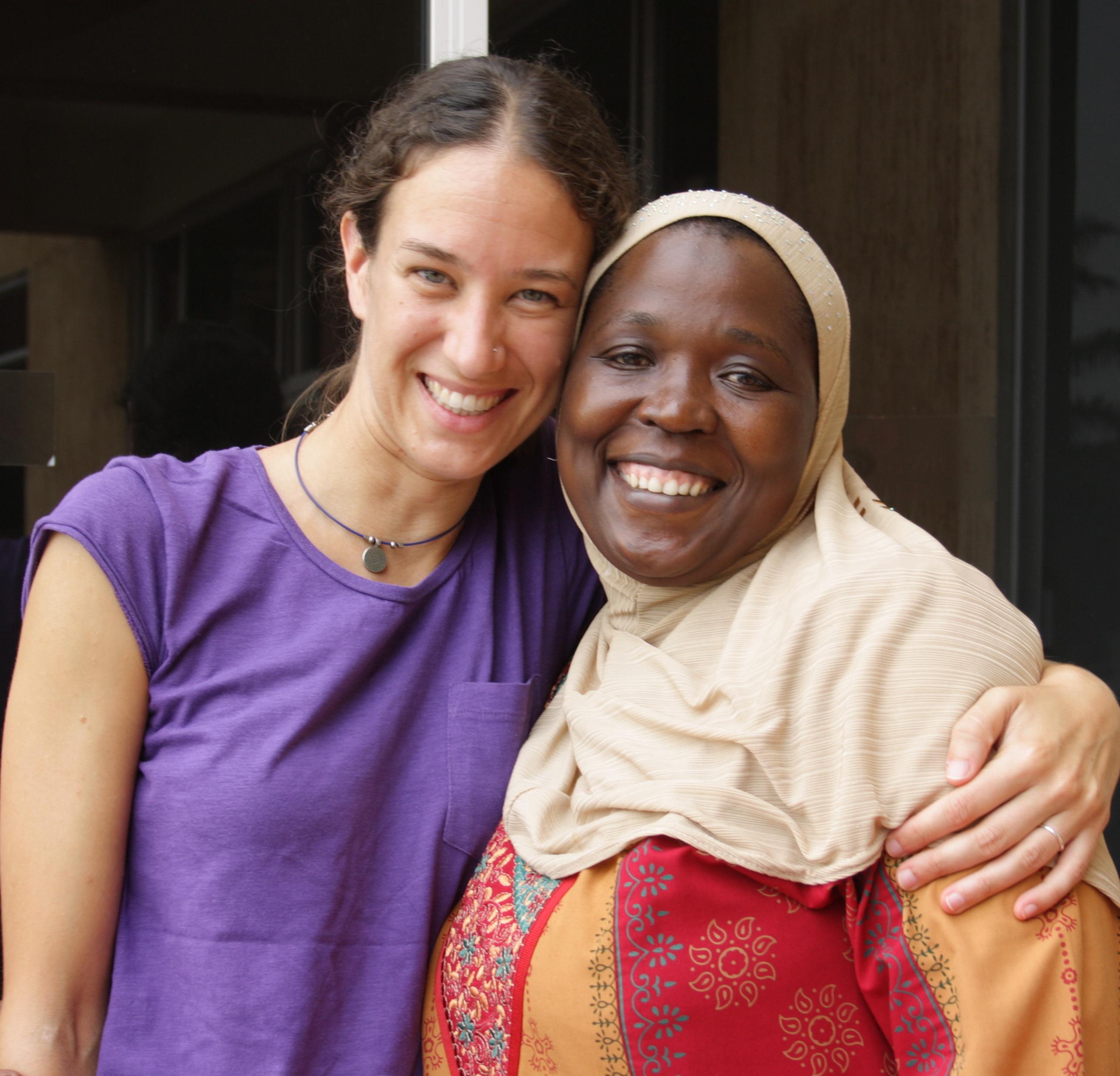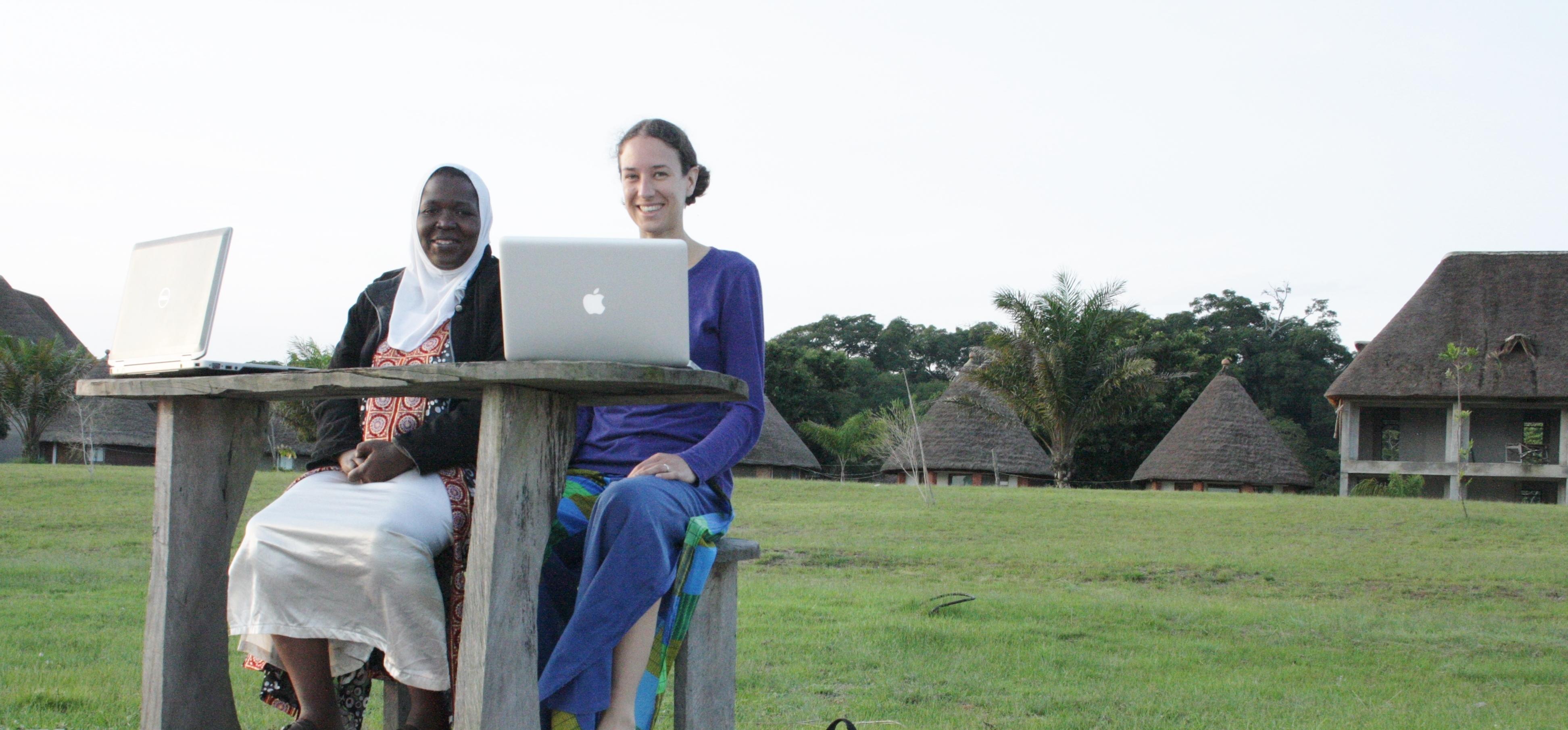
Submitted by Administrator on Wed, 12/11/2014 - 12:25
“No, here you mean that you swept only the house and nothing else,” Mark explains. Mark is one of the Luganda language consultants in Masaka that Dr Saudah Namyalo and myself are working with in our Alborada project. During three weeks fieldwork we describe and analyse particular syntactic aspects of this language, and today we are trying to discover the precise difference between two sentences:
- nayera nyumba ‘I swept the house’
- nayera e-nyumba ‘I swept the house’
‘What is the difference?’ we wonder. ‘Why would speakers sometimes use just nyumba and sometimes add a vowel to say e-nuymba?’ Based on previous research, our hypothesis is that leaving off the vowel (nyumba) adds a contrast: the house was swept, not the yard or the street, as Mark‘s explanation confirms. But we need further tests to form a firm argument for our analysis. And this is only one of the aspects of our research: our aim is to find out more generally how inflection and word order are used in Luganda to express what is old or new information, and what is contrasted.
For Saudah this is relevant because she is a lecturer in Luganda at Makerere University, but also because her CAPREx project concerns Luyaaye, an urban youth language that is based on Luganda. Understanding the morphosyntax of Luganda will greatly help to understand the changed and changing structure of Luyaaye. Furthermore, unraveling which syntactic strategies are used in Luganda to express information structure allows us to compare various Bantu languages and see where they differ. This feeds directly into the project that I am part of: Rethinking Comparative Syntax, where we are developing a model to capture syntactic variation.
The three weeks of fieldwork that the Alborada Fund made possible have flown by. Intense hours of recording and listening to explanations and intuitions, lots of laughter sparked by ungrammatical sentences, occasional bewilderment about sentences that were predicted to be possible, followed by adjustment of hypotheses.
At the end of the week we get back to the nyumba/e-nyumba sentences. We combine my theoretical knowledge and a number of tests with Saudah’s expert insights into the language and finally have our hypothesis confirmed! Happy to have solved another piece of the linguistic puzzle, we deserve a break and have a good Ugandan lunch with matooke (steamed banana), fish, sunshine, and new friendship.
Jenneke van der Wal, October 2014
For more information about Cambridge-Africa, visit the website
http://www.cambridge-africa.cam.ac.uk

